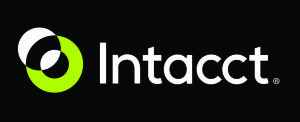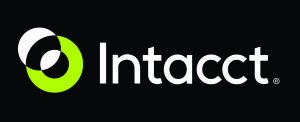Below, please find a blog posting from a referral partner of L6S Business Consulting, Josh Szakal of Black River Technologies.
As a CFO, Accountant, Bookkeeper, or even someone who works alongside one of these individuals, you probably know that closing the books can be a daunting task. An added stress is if need to consolidate the books from multiple entities, and the only way to do so is by exporting your data from QuickBooks or some other legacy software package into Excel.

As a CFO, Accountant, Bookkeeper, or even someone who works alongside one of these individuals, you probably know that closing the books can be a daunting task.
If your organization is in this situation, know that you are not alone. In January and February of this year, during year-end for many organizations, Sage Intacct conducted a study to see how organizations like yours were handling closing their books. It was found that many companies simply dreaded the process, indicating that pulling everything together to get a clear picture was a tedious and drawn out ordeal. After the study, we published a free eBook detailing the results.
Perhaps one of the most telling quotes we heard was from a Hospitality Company that regularly deals with a 100 (that’s right, 100) hour close:
“Our year end is like a jigsaw puzzle. Once you’ve got everything assembled you can see the big picture, but until then it can be a jumble of random pieces of information. We run two seasonal businesses – a ski resort and a campground/day-use operation. Both entities have multiple revenue streams… in fact, they feel like 10 mini businesses in each entity.”
One interesting point that was uncovered was that many of the organizations that struggle with their month and year-end closes are running entry level software packages like QuickBooks, or legacy on-premises systems such as Dynamics GP.
The organizations that seemed to breeze through their closings and consolidations were running sophisticated cloud software packages. Take Mike Dolence of Pride Investment Partners as an example. He states:
“Intacct has drastically reduced the amount of time it has taken for us to close our statements — from several days to just a few hours. Additionally, the multi-book functionality has helped us in adding year-ending tax and audit adjustments thru a separate ledger, keeping our business books independent of our tax books. Through the reporting, we also are able to quickly bridge adjustments to our general partners, thus reducing the amount of time allocated to the year end review.”
Furthermore, we found that CFOs that were using the right financial software were making the shift from being just the company historian to being a proactive, data driven CFO, having access to real-time financial data to make informed business decisions.
All of the study results can be found in this free eBook called Closing the Books Barometer. In the barometer you’ll find our survey methodology, the vertical market breakdown, the number of entities being run by vertical market, and many thought provoking comments from both respondents and industry leaders. The barometer also provides links to other online helpful resources that can help your firm become more efficient with your month/year end closing and consolidation process.





